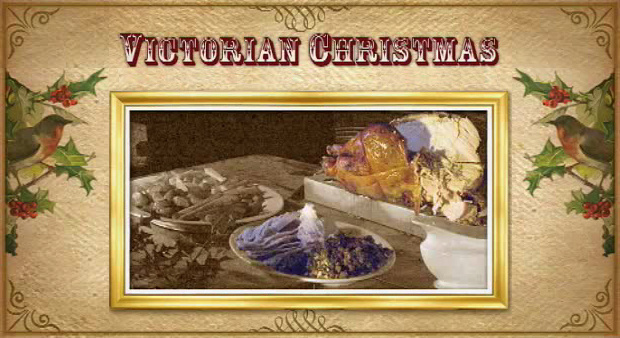This is Part IV of my Victorian Christmas article series. Enjoy!
Mulled Wine
Warm and spicy alcoholic drinks have always been a popular festive drink in winter. Mulled wine was a Victorian favourite and a non-alcoholic version, Negus, was even served to children.
Mince Pies
The identifying ingredient in a Victorian mince pie is meat. Though it was in this period that there was a revolution in the composition of this festive dish. Mixes without meat began to gain popularity within some of the high echelons of society. This particular recipe comes from Mrs Rundle's cookbook Modern Domestic Cookery (1851) and includes meat.
Sugar Plums
Victorians would often sugar coat fruits to hang on the Christmas tree, much like our modern day Christmas tree chocolates. Sugar coated plums were a popular treat, they even get a mention in Tchaikovsky's famous ballet The Nutcracker, with the the 'Dance of the Sugar Plum Fairy'.
Wassail Punch
The wassail punch was traditionally served to carolling groups after their singing was done. They'd be invited into the Victorian home to warm themselves and drink from the wassail bowl. The recipes varied from family to family, but the most important element was that it be hot to get rid of the winter chill.
Turkey and Stuffing
A roast turkey on the Christmas dinner table first gained popularity in the Victorian period, achieving full dominance over other roasted meats by the beginning of the 20th century. This is a Victorian roast turkey recipe by the Victorian cookery writer, Eliza Acton.
Bread Sauce
Bread sauce was originally a way of using stale bread and has become a popular accompaniment to the traditional Sunday roast. The Victorian food writer Eliza Acton says that a roast turkey should be served with a well-made bread sauce. This is her recipe.
Christmas Pudding
The Victorians evolved this fruit pudding and began some of the traditions about luck that are now associated with it. Queen Victoria was the first to add coins to the mixture, apparently as a gesture of thanks to her cook, a practice that some continue to this day.
Part I of this article series - Victorian Christmas: Decorations
Part II of this article series - Victorian Christmas: Gifts
Part III of this article series - Victorian Christmas: Crafts
Part V of this article series - Victorian Christmas: Games and Activities

No comments:
Post a Comment